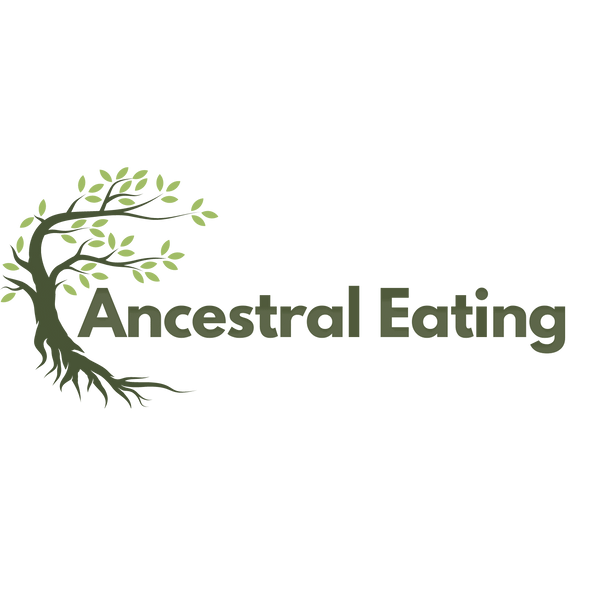Costa Rican cuisine has a history deeply rooted in indigenous, Spanish, and African influences. Over the past 500 years, the diet in Costa Rica has evolved but continues to prioritize local, readily available ingredients.
Staples:
- Rice and Beans: These are a daily staple, often eaten in various combinations throughout the day, such as in "Gallo Pinto," a traditional breakfast dish.
- Corn: Another essential crop, used for tamales, tortillas, and traditional drinks like "chicha."
- Plantains: Eaten in various forms, including fried, boiled, or baked.
- Cassava (Yuca): Often boiled or fried, sometimes served with meat dishes.
Proteins:
- Fish and Seafood: Particularly common along the coast; ceviche is a popular dish.
- Chicken: Prepared in various ways, often grilled or used in stews.
- Beef: Popular in stews, grilled dishes, and sometimes in the form of sausages like "chorizo."
- Pork: Consumed less frequently but still present in traditional dishes like tamales.
Vegetables:
- Tomatoes, Onions, and Bell Peppers: Used as the base for many sauces and stews.
- Avocado: Commonly used in salads or as a side.
- Potatoes: Used in stews and other dishes.
Fruits:
- Bananas and Plantains: Commonly eaten as snacks or used in cooking.
- Pineapple, Mango, and Papaya: Consumed fresh or used in drinks and desserts.
- Citrus Fruits: Such as orange and lime, used in beverages and as flavoring in various dishes.
Legumes:
- Beans: Particularly black and red beans, often served with rice.
Spices and Condiments:
- Cilantro: Commonly used in various dishes for flavor.
- Garlic and Onion: Basics in many dishes for flavoring.
- Salsa Lizano: A Costa Rican condiment that's a mixture of spices, vegetables, and sugar.
Traditional Dishes:
- Gallo Pinto: A mix of rice and black beans, often served for breakfast with eggs and natilla (sour cream).
- Casado: A lunch dish featuring rice, black beans, salad, a protein (like fish, chicken, or beef), and fried plantains.
- Olla de Carne: A beef stew with a variety of vegetables like cassava, plantains, and corn.
Beverages:
- Coffee: A significant part of Costa Rican culture and economy.
- Fruit Juices: Freshly squeezed and often consumed with meals.
- Chicha: A traditional fermented corn drink.
Historical Influences:
- Indigenous Traditions: The use of corn, beans, and local fruits and vegetables.
- Spanish Colonization: Introduced livestock, rice, and various cooking techniques.
- African Influence: Particularly in the use of certain spices and cooking methods, like grilling.
Modern Influences:
- Globalization: Especially in urban areas, international cuisine is widely available.
- Health Trends: Increasing focus on organic and locally sourced produce.
Costa Rican cuisine is characterized by its simplicity and reliance on fresh ingredients. Over the last 500 years, it has integrated various cultural influences while maintaining its core staples of rice, beans, and locally sourced fruits and vegetables.






